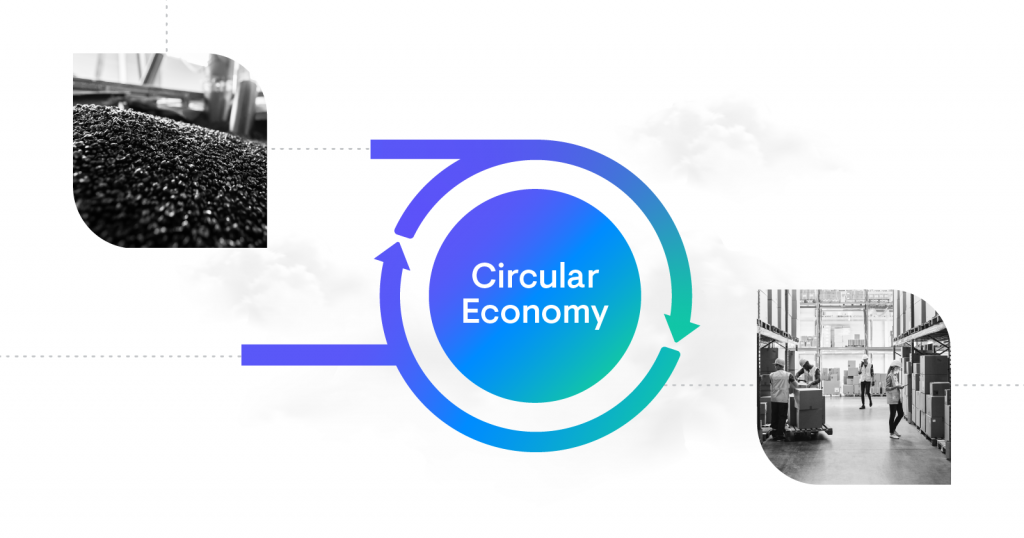Sustainability is a broad umbrella that covers a lot of concepts. One of these concepts is, of course, ESG, but another is the circular economy. This supports ESG by creating a new approach to the way we view the life cycle of a product. According to the Ellen MacArthur Foundation, the circular economy plays an integral part in reducing 45% of global greenhouse gas emissions associated with manufacturing and growing food.
What is the circular economy?
The purpose of the circular economy is to extend the lifetime of a product for as long as possible, even if this is not in its current form. It aims to reduce waste and get the most out of every part of a product, whether that is through recycling, repurposing, redesigning or refurbishing. This means less new resources are needed to be introduced into the cycle to continue the production of goods, and a closed-loop system is created. Not only does introducing new resources harm the environment, but billions of dollars are wasted in disposing products, not using products to their full potential, and the energy it takes to extract raw materials. Therefore, there is no question that the circular economy should inform or included as part of the strategic approach to sustainability.
There are already efforts to set measures to set in the circular economy in stone. Firstly, the European Commission announced the European Green Deal in 2019, which was followed by the Circular Economy Action Plan in 2020. This details measures set to be implemented by 2025. More globally, the United Nations has set 17 Sustainable Development Goals, which many can be reached through the circular economy.
How does this link to ESG?
By following the circular economy, you will hit all of the elements of ESG. The environmental element is the most clear to see – you will reduce your carbon footprint by using less resources.
However, it does hit both social and governance too. Circular economies stimulate jobs; in the UK alone, between 2014 and 2019, a report by Wrap found that 90,000 new jobs were created in the circular economy. Robust governance is also needed to ensure business strategy follows the principles, requiring thorough reporting and in-depth understanding and decision making.
How can lenders support this methodology?
To ensure the success of the circular economy, the products need to be accessible. Circular Economy Finance can support businesses or projects that follow circular economy principles. Lenders will need to account for the changing nature of assets; for example, a car battery may be repurposed separately from the car. By following circular economy principles, lenders are encouraged to be more innovative, offering products that can support the many stages of a product’s lifecycle.
While evidence for its success is still in its early days, the evidence we do currently have is positive. Major companies are adopting circular economy principles, and lenders are beginning to support them with financing these changes and ensuring cash flow remains healthy.
In order for you to support your clients in the circular economy, you need powerful technology such as Solifi Open Finance Platform to grow with them. No matter what products you offer, Solifi’s solutions are scalable, flexible and configurable, allowing you to be innovative and meet the changing landscape of sustainable lending.
Managing Environmental, Social, and Corporate Governance with SaaS
Read part 1: ESG: How to boost your profits
Read part 2: ESG: Addressing Scope 3 emissions
Read part 3: ESG: The importance of reporting
Read part 4: ESG: Supporting sustainability with the circular economy
Read part 5: ESG: A chance to explore new opportunities
Read part 6: ESG: What does the future hold?
